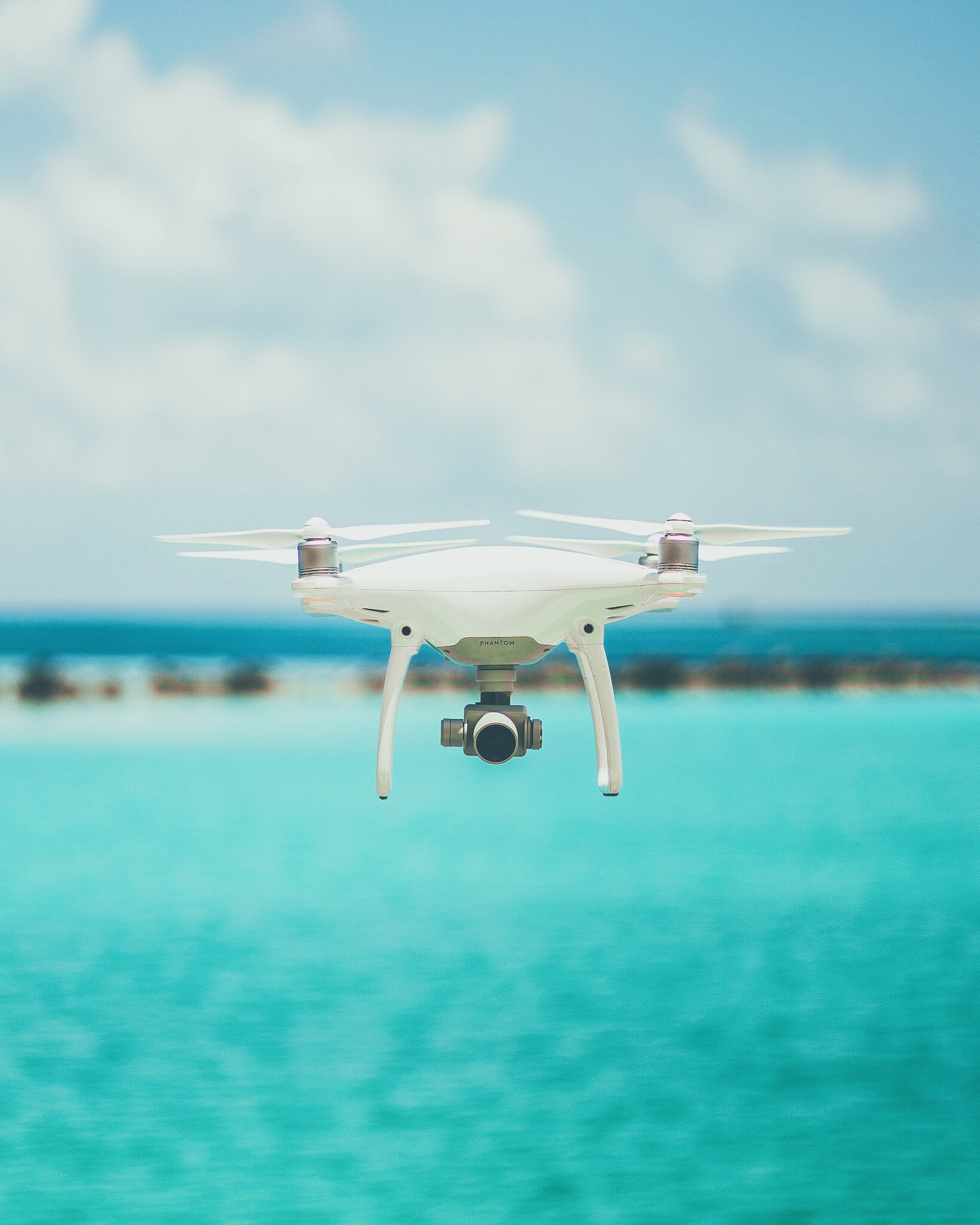
Self-driving cars and artificial intelligence are becoming more and more popular. So technology making its way into the world lifeguarding and life-saving should come as no surprise. Typically, ocean rescue lifeguards throw themselves into giant coastal waves to save people. However, this might be changing soon with the introduction of drones. An unmanned aircraft is the latest addition to some beach patrol teams that seem to be running short. Piloted from the shore by a lifeguard, they are used to drop rescue aids to save struggling or drowning swimmers.
The Future of Lifeguarding
Do these robots pass the test? Well on January 18th, a drone in Lennox Head, Australia was able to rescue two swimmers. While conducting a training session on the drones, a lifeguard team noticed two stranded and struggling swimmers. The drone was launched and rescued the swimmers in an impressive 70 seconds! During this time, the drone dropped a rescue pod, which expanded and helped the swimmers to shore. (Video courtesy of CBC)
Between January 1 and November 3 in 2014, L.A. ocean lifeguards performed 14,331 ocean rescues to reach a record number of rescues. The hottest days hit numbers as high as 187 rescues per day alone! (LA Times) Ocean rescue lifeguards and teams are exposed to the dangers of the ocean every day. This new technology limiting their exposure to danger is a relief.
Drones are continuing to take the world by storm. More drones are sold every three months than the entire U.S. military uses. By 2020, the U.S. The Federal Aviation Agency anticipates that more than 20,000 drones will be in the air in North America alone. (CBC-TV Doc Zone) There are more technological systems that will come into the spotlight soon as well. Even the Autopulse Resuscitation System does continuous CPR. The future is coming sooner than we think and lifeguarding equipment is doing a great job keeping up!
Have you heard about any drone search and rescue stories? Drop us a line in the comment section below!

